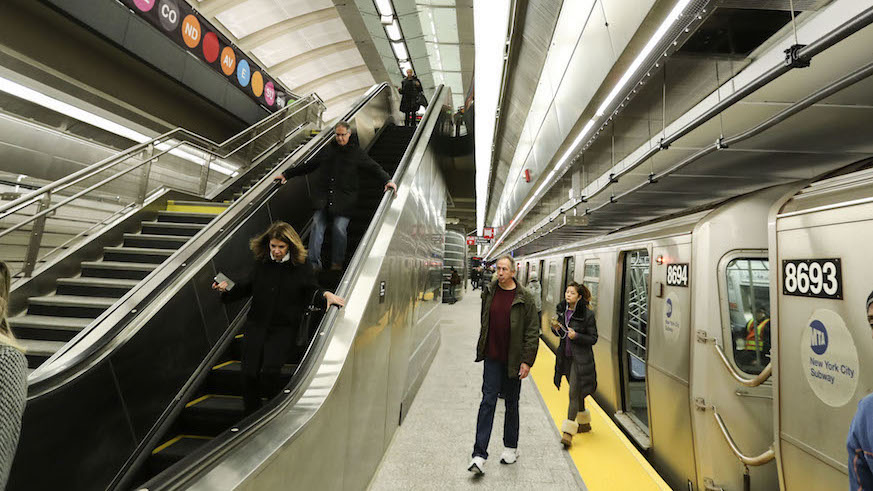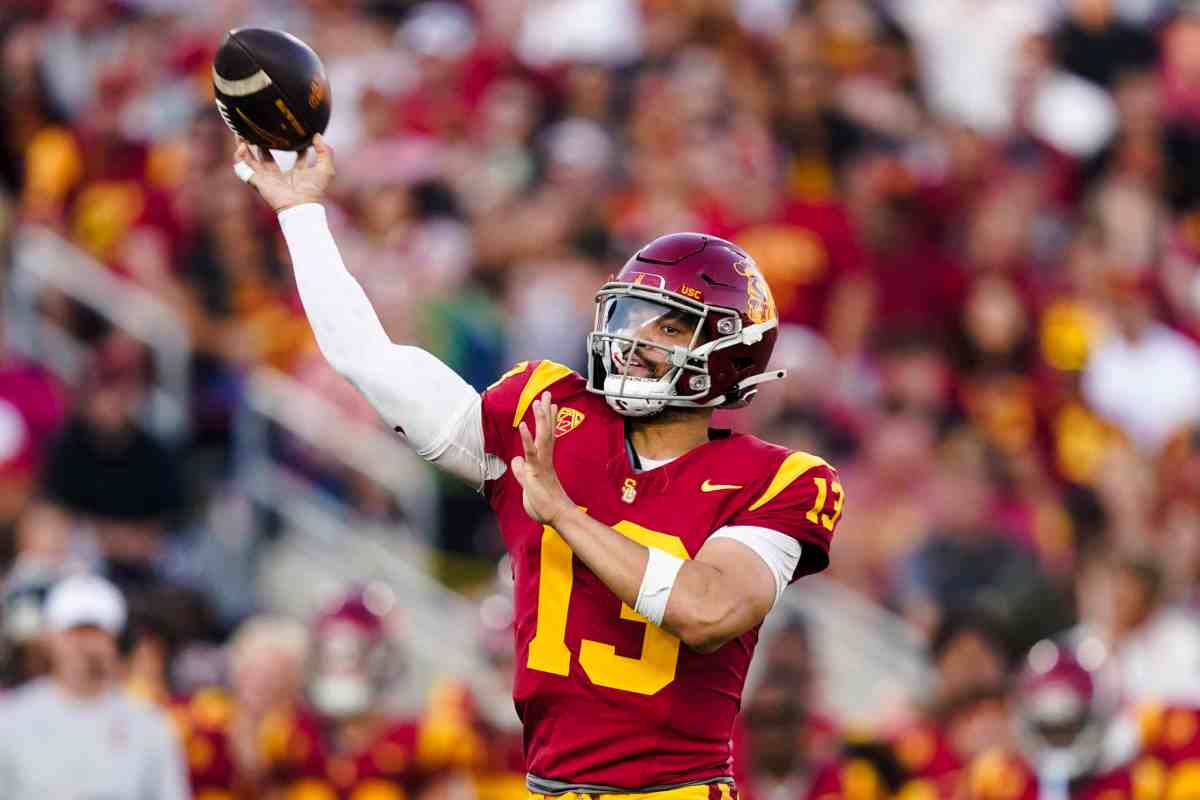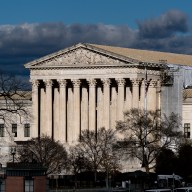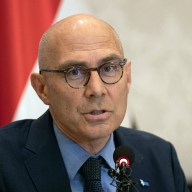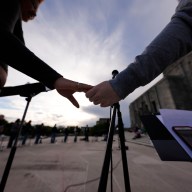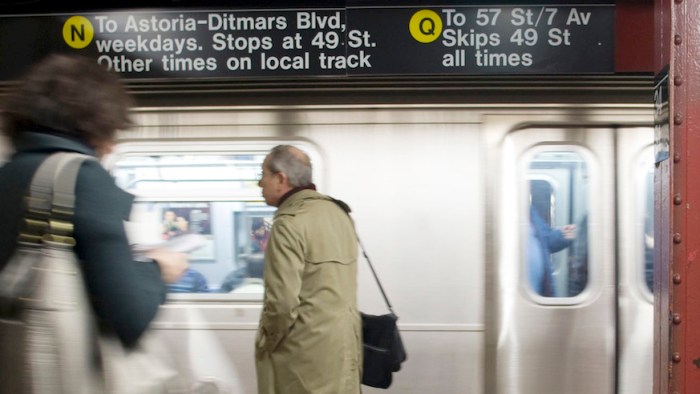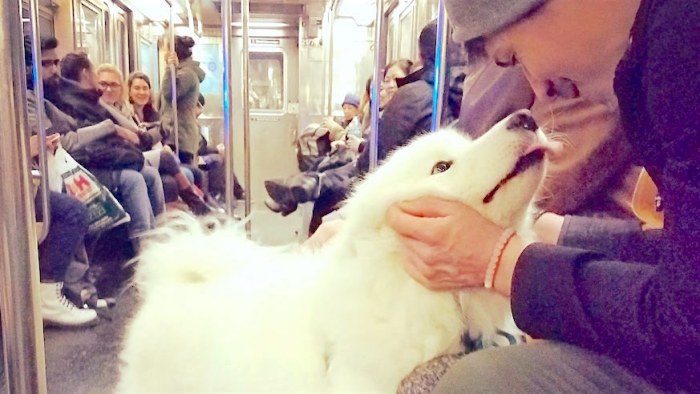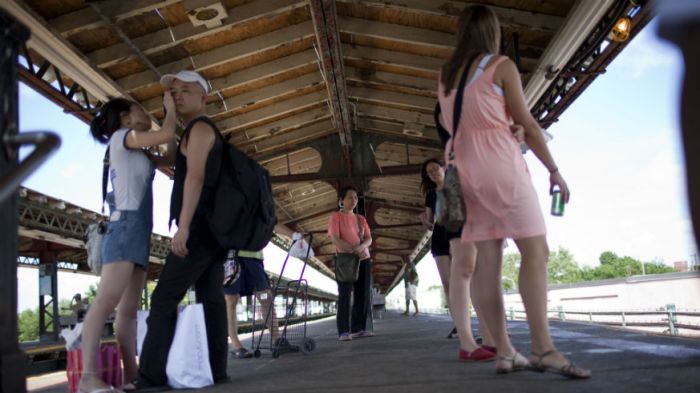Both Gov. Andrew Cuomo and Mayor Bill de Blasio have competing wish lists for capital transportation improvement projects that even Santa Claus couldn’t deliver.
NYC already faces competition within the metro New York area for potentially $80 billion plus needed to fund major capital transportation improvements. Millions to billions more could be necessary by the time any project is completed and the true final costs are known. Everyone has their own priority wish list which in many cases conflicts with others who have different agendas.
One potential funding source for some of these projects could be amending additional state dollars to the MTA $32 billion 2015-2019, future 2020 – 2024 or 2025 – 2029 Five Year Capital Program Plans.
Cuomo last year increased the Metropolitan Transportation Authority 2015 – 2019 Five Year Capital Plan by $3 billion primarily supports $2.6 billion LIRR Main Line Third Track and increases Second Avenue Phase Two by $700 million to $2 billion. It still leaves a large unfulfilled wish list for transportation improvement projects. Just where do both Mayor Bill de Blasio and Cuomo stand on these ideas?
Cuomo still owes $5.8 billion toward the $32 billion MTA 2015 – 2019 Five Year Capital Plan plus an additional $1 billion he recently pledged in response to recent NYC Transit subway and LIRR Penn Station problems. He also owes $7.2 billion as New York state’s 25 percent share for the New Jersey to Penn Station $29 billion Gateway Tunnel project.
Many NYC Councilmembers are supporting the Commuter Rail Fare Equalization Proposal. This would allow NYC residents to pay the same $2.75 fare on the LIRR or Metro North Rail Road as riding the NYC Transit Subway and provide a free transfer to the NYC subway. How will NYC provide the MTA with $200 million to cover the cost? Another $200 million is needed to provide 1/2 fare Metro Cards for several hundred thousand residents earning less than $26,000 per year. Mayor de Blasio also wants a free transfer for private municipal ferry riders and future Brooklyn Queens Street Car Connector riders to NYC Transit bus or subway. Both combined would cost the MTA millions in lost revenues which City Hall would have to make up.
Four billion of the $6 billion total cost is still needed to construct Phase 2 of the Second Avenue Subway. This will leave a balance of $14 billion more to pay for Phases 3 and 4 of Second Avenue Subway. Add another $20 billion for those who dream of extending the 2nd Avenue subway north into the Bronx and south into Brooklyn.
What about finding $800 million to build the new No. 7 subway station at 10th Avenue & 41st? This was dropped from the original scope of work for the No. 7 subway Hudson Yards extension as a means to keep the project within the final $2.4 billion budget.
Some dream of finding $10 billion more for the No. 7 subway extension from the Javits Convention Center on the west side of Manhattan to New Jersey Transit’s Secaucus Junction station by Exit 15X on the NJ Turnpike. Others desire $5 billion to build an alternative extension of the No. 7 subway to the PATH/NJ Transit Station in Hoboken, New Jersey.
The proposed Metro North Rail Road access to Penn Station via the Amtrak Hell Gate Bridge, which would include construction of several new stations in the East Bronx, currently budgeted for $695 million and could easily cost over $1 billion. Several hundred million more would be needed to provide new service from Riverdale and the West Bronx using Amtrak’s Empire Hudson line corridor which already provides service into Penn Station.
The LaGuardia Airport Train to the Plane will cost $1 billion with only $70 million approved to date leaving a shortfall of $930 million.
The $3 billion new Penn Station will end up needing far more than $300 million in combined assistance from the MTA, NJ Transit, Amtrak along with Port Authority of NY and NJ. Does anyone really believe that potential developers will spend $2.7 billion of their own funding to pay for this?
Staten Island residents will continue looking for $600 million for the North Shore Bus Rapid Transit. Don’t forget $1.5 billion for West Shore Bus Rapid Transit along with new ferry services.
Queens residents will be looking for $91 million toward the $231 million Woodhaven Blvd. Select Bus Service. These dollars may be necessary if NYCDOT is unable to secure $91 million in United States Department of Transportation Federal Transit Administration New Starts funding.
Others will continue to lobby for $100 million to construct Light Rail between Glendale and Long Island City on the old Montauk LIRR branch; restoration of LIRR service on the old Rockaway LIRR branch at $1 billion; Triboro X Subway Express (new subway line connecting the Bronx, Queens & Brooklyn) for $2 billion); Main Street Flushing Intermodal Bus Terminal $100 million, reopening the Woodhaven Blvd Atlantic Branch LIRR Station $40 million and the Brooklyn-Queens Waterfront Street Car Connector at a cost of $2.5 billion. This would connect various neighborhoods along the waterfront from Sunset Park, Brooklyn to Astoria, Queens.
Mayor de Blasio’s earlier “One NYC” Master Plan called for construction of the Utica Avenue subway originally proposed in 1910. He has asked the MTA to initiate a feasibility study for this proposal. The concept would construct extensions for both the No. 3 and 4 original IRT subway lines in East Flatbush, Brooklyn. It would be built along Utica Avenue from Eastern Parkway to Avenue U. Costs for both the first phase of Second Avenue & No. 7 subway line extension averaged $2 billion plus per mile. One can only imagine how many billions would be required to do the same along Utica Avenue.
Another developers’ dream now supported by Cuomo is an extension of the #1 subway from the Rector Street Manhattan station to Red Hook for $3.5 billion (a tunnel and three new stations) may be wishful thinking. This subway extension would support the proposed Red Hook Brooklyn economic development project.
The Port Authority needs another $7 billion to fully fund the total $10 billion cost for the new 42nd Street Manhattan Bus Terminal and $10 billion for the Cross Harbor Freight Tunnel which would put trucks on trains between NJ to Brooklyn and on to Queens through to Long Island.
Many neighborhoods are looking for introduction of either Select Bus Service; Bus Rapid Transit; Limited Stop Bus to Subway or Express Bus Service to Manhattan. There is still the need to bring many of the 471 NYC Transit subway, 21 LIRR, 13 Metro North Rail Road and 23 Staten Island Rapid Transit stations back up to a state of good repair. Don’t forget the need for additional subway, LIRR, Metro North and SIRT stations to become fully compliant with the Americans for Disability Act (ADA) by construction of elevators.
The anticipated final potential cost for many of these projects will never be known until completion. Costs will be further refined by the awarding of construction contracts followed by any unforeseen site conditions and change orders to the base contracts during the course of construction.
History has told us that construction of most major new transportation system expansion projects has taken decades until completion of feasibility studies, environmental reviews, planning, design, engineering, real estate acquisition, permits, procurements, construction, budgeting, identifying and securing funding to pay for all of the above.
It is difficult for anyone at this point to really predict when we will see a shovel in the ground for many of these other new proposals, followed years later by beneficial use of projects supporting opening day service or the final price tag to taxpayers.
Clearly our region needs to prioritize the order for implementation of these projects based upon realistic assumptions for available funding.
Where will the MTA, Governor Cuomo and Mayor de Blasio find the cash for all these projects? The Federal Transit Administration may be a possible funding sources for a handful of these projects. Clearly both the State and City will have to contribute some significant funding if many of these projects will ever see the light of day. Billions in hard cash will be needed rather than increasing MTA debt by billions more. This is necessary if many of these projects will ever move beyond planning feasibility studies to see a shovel in the ground and actual construction.
Larry Penner is a transportation historian and advocate who previously worked 31 years for the US Department of Transportation Federal Transit Administration Region 2 NY Office.

